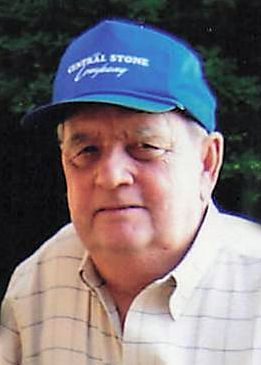Fifteen Hannibal High School students become authors in new African American literature class
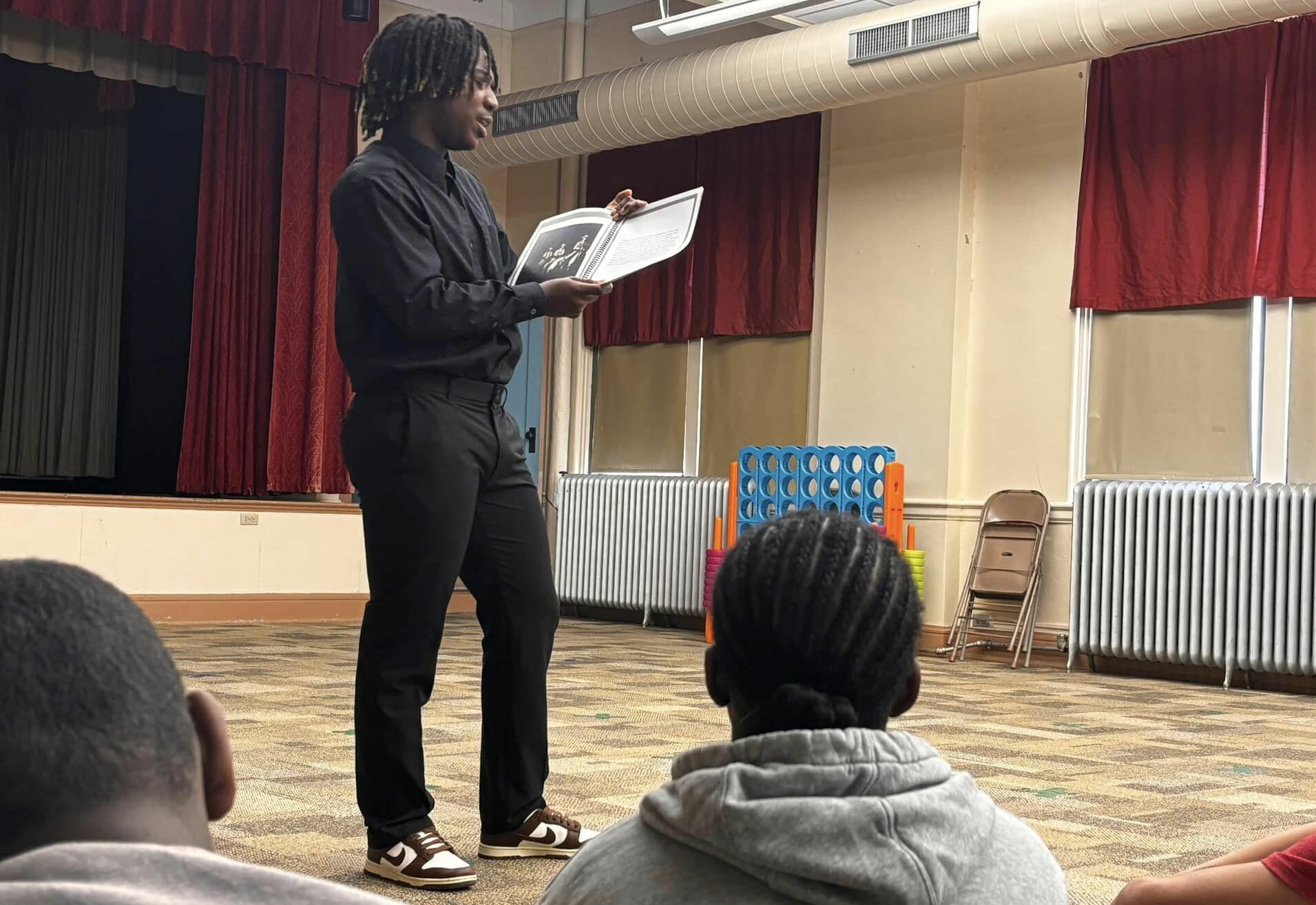
HANNIBAL, Mo. — Fifteen Hannibal High students can now add “author” to their resumes.
An African American literature class broke into four groups to write and illustrate their books. The groups then read their books to fourth and fifth graders at Eugene Field Elementary on Tuesday morning.
Through books and vivid pictures, the young students heard stories about African American slaves, who were in search of freedom, and asked questions about the books.
“Journey to the Free World” was written and illustrated by Kyndall Stewart, Dallis Zimmer, Lexi Morriss and Sameya Dean. Lexi read the book to the class, while her partners showcased the illustrations around the room for students to see.
The story was about a young slave and her family who had been separated from their father. Their dad sent them a letter with a map to freedom. Their story takes place as they follow the map to finally be reunited with their father.
“Journey to Freedom” was written by Alexis Charlton, Slade Nelson and Caubai Tran. Caubai read the story.
Each story highlighted characters who gained freedom through the Underground Railroad. The young authors also made sure their books told age-appropriate tales of the hardship the slaves endured.
“It was extremely dangerous for the slaves to try to escape their masters. When slaves tried to escape from their masters, they were considered fugitives and would be hunted down by their masters, slave hunters,” Caubai read.
Kyrie Wilkerson read “From Chains to Liberty,” which he wrote and illustrated with Zora Reese and Mia Ebers. Kyrie told the story of a 12-year-old slave looking back on an experience from when he was five years old watching a slave beaten by his master.
“The plantation that I lived on was beautiful. All the horrific things that happened on the plantation were not beautiful. I had an experience of watching a man being beaten. It repeats in my head, and I can’t forget about it,” Kyrie read. “The man was screaming, crying, begging someone to help him. The sad thing is, there was nothing that a five-year-old like me could do to help.”
Alana Lemon, Harper Karr, Tegan Novel and Hannah Carlson co-wrote “The Light Way to Freedom.” The book was illustrated by Charisma Widebrook. The story featured a modern boy named Cam who, after begrudgingly obeying his mom’s order to do his homework, was whisked away to the time of the Underground Railroad.
This is the first year that Hannibal High School offered the African American literature class, which spotlights African American authors and poets.
Harper said the class content led to rich discussions and a deeper understanding of events.
“I have learned to dissect literature, as in maybe there’s a different story,” she said. “It has a lot of really interesting dialogue … and then you’re able to break that down and see what that really means and relate it to periods, experiences and real-world things that are going on.”
“Yeah, it’s very different from the regular English class because it really dives into non-traditional things we just cover under the surface. It’s really engaging to everybody. It’s important to take this class because it really just dives into different types of issues,” Tegan said.
Alana said the class helped widen her scope of books to read.
“It’s eye-opening the type of culture that you learn about. We haven’t just learned about African Americans in America but we’ve also learned about them in Africa. We learned how they became African Americans and came over to America,” she said. “I took this class because I really just wanted to further my knowledge in African American literature and history, and I really liked Mrs. (Christine) Poage last year, so I figured it’d be a good class again.”
Poage teaches the African American literature class. The pride for her students was apparent as she watched them read to and interact with the younger students.
Poage said the class teaches African American culture from the time of the tribes in Africa, through slavery and to the current modern day.
“We talk about art and music and literature and poetry and all these different forms, and we tie it together. We’ve learned about diversity, and we have learned about people — different people who have different experiences,” she said. “I think sometimes differences can scare people, so we want to break those boundaries. We want every single race, nationality, creed, color and religion to feel valued and impactful and to know their voice matters.”
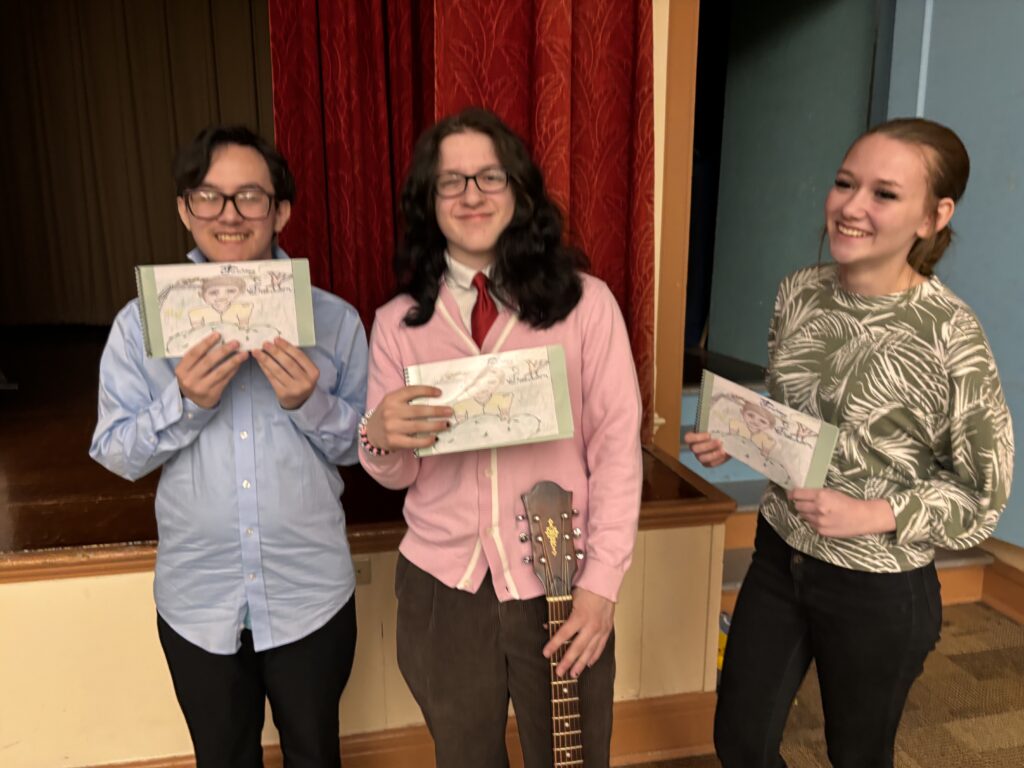
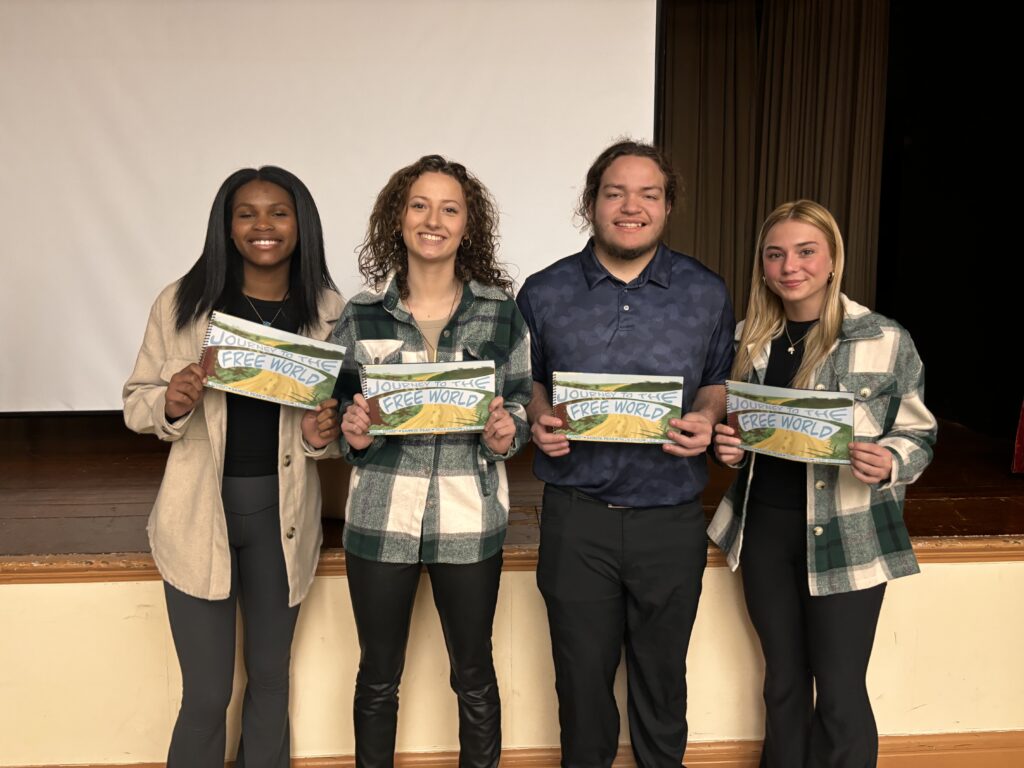
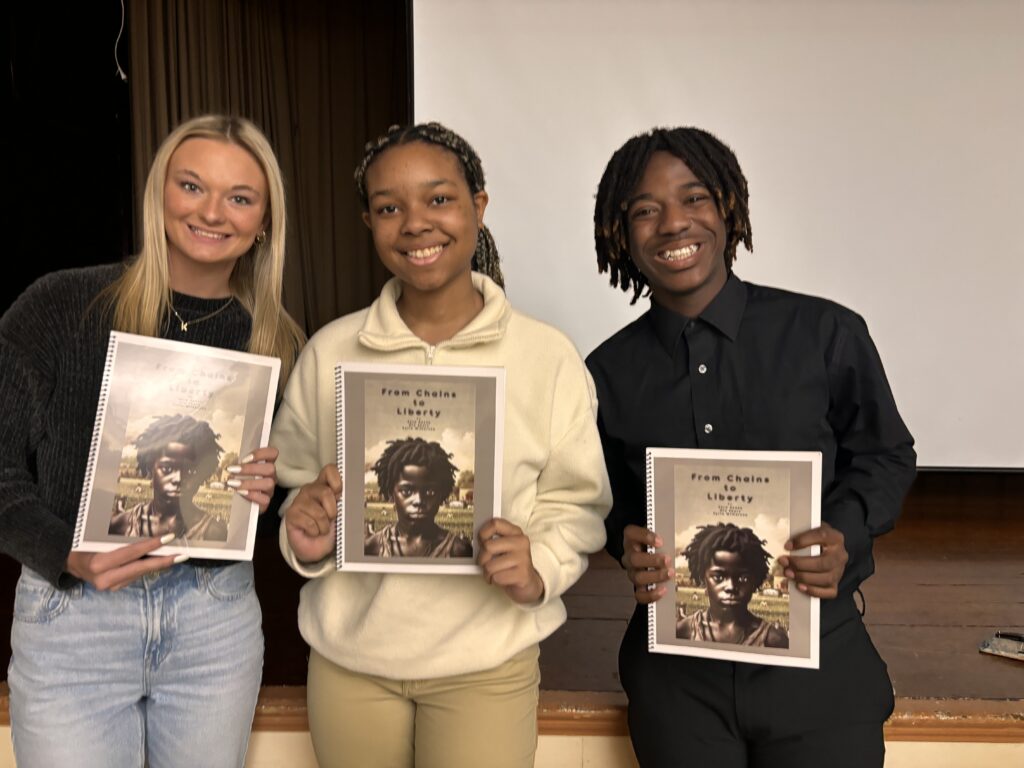
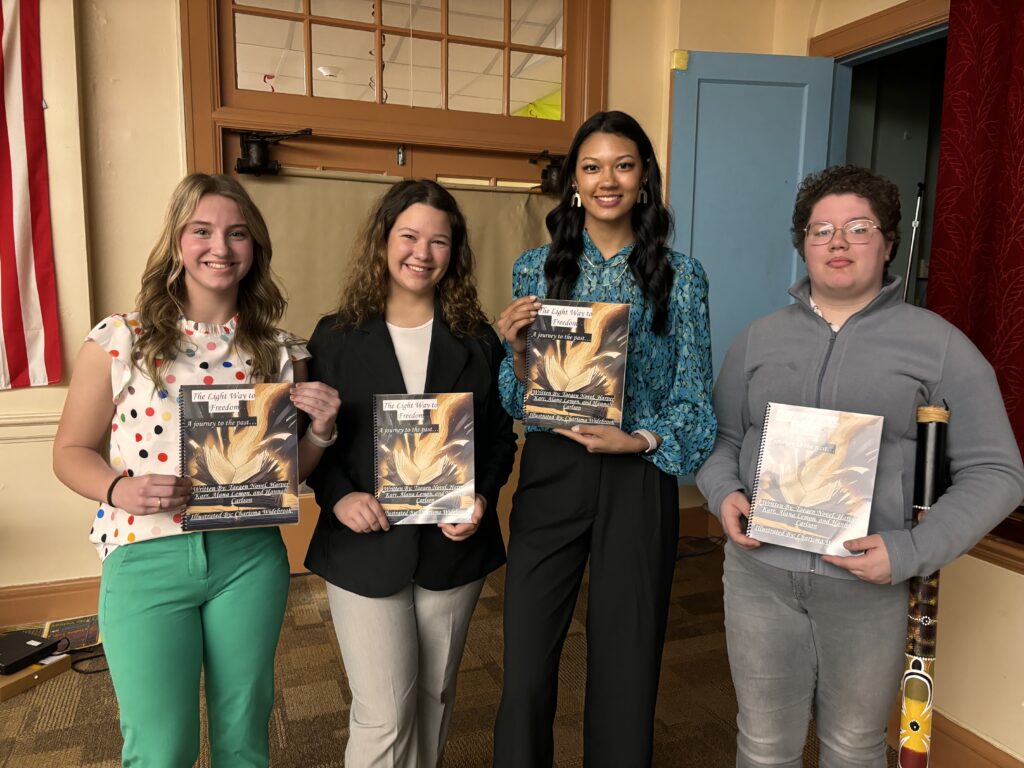
Miss Clipping Out Stories to Save for Later?
Click the Purchase Story button below to order a print of this story. We will print it for you on matte photo paper to keep forever.

